November 27 - December 3, 2016: Issue 291
Waratah Farm: Ingleside
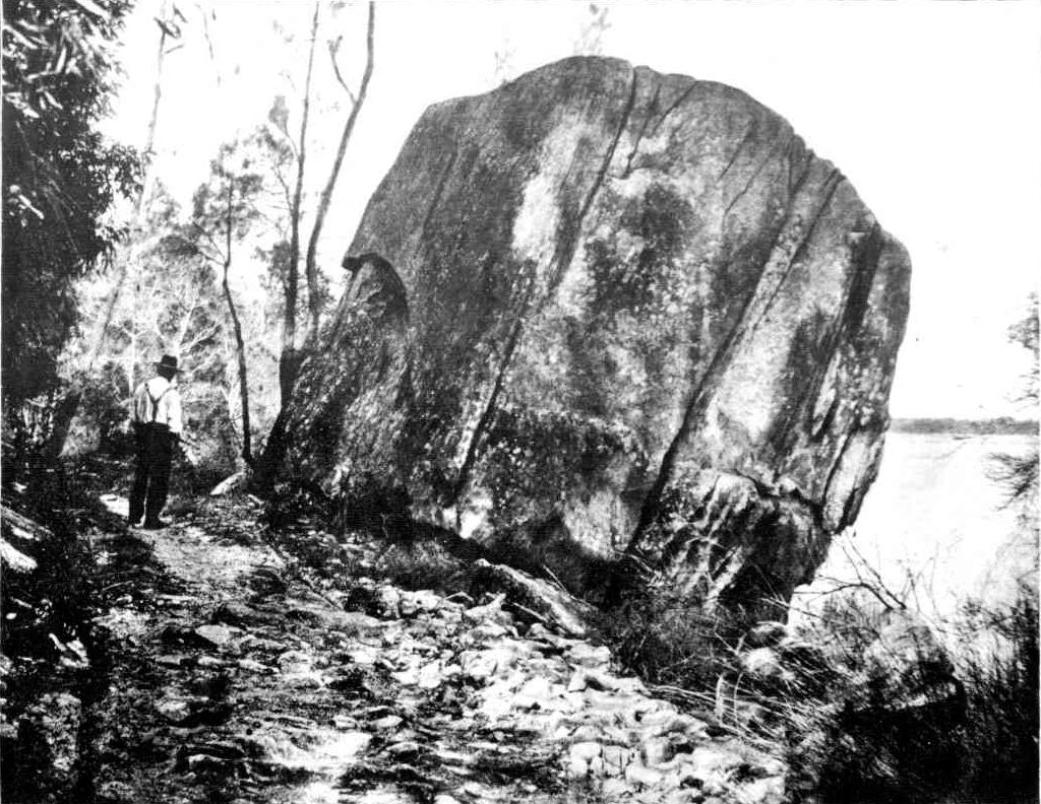
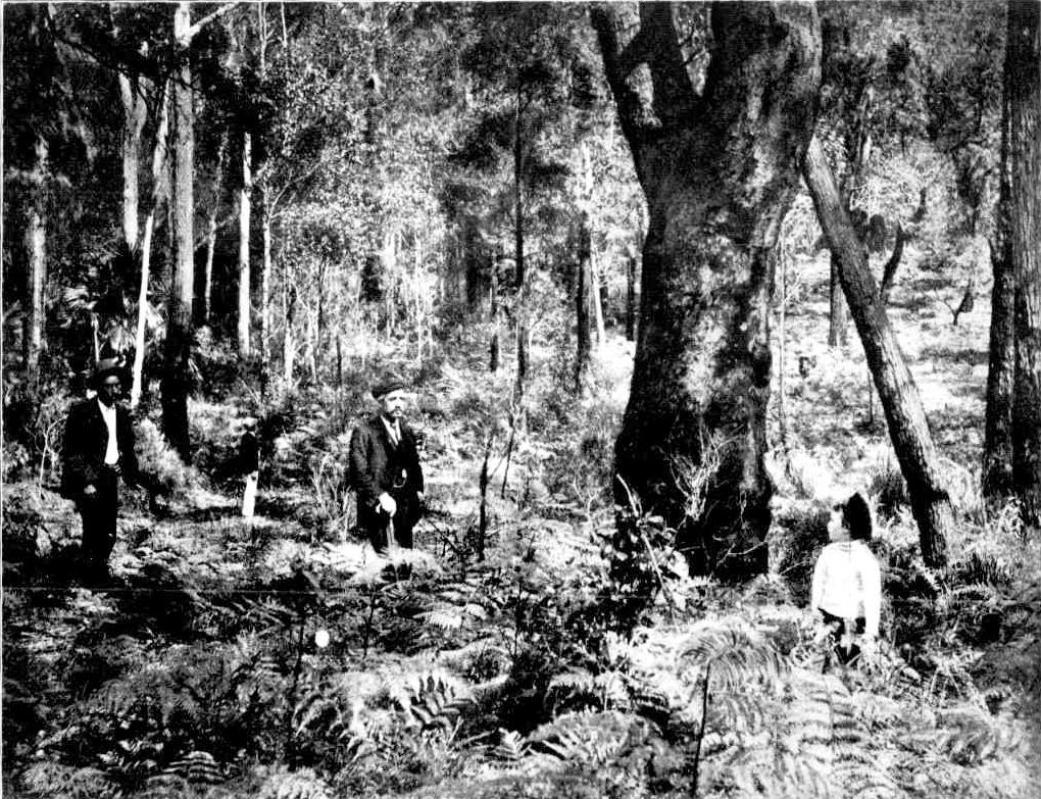
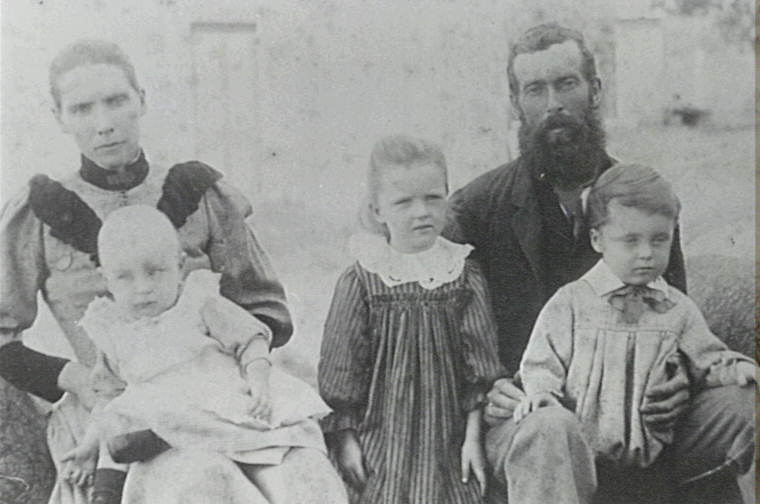
BIG CHEQUES FROM A SMALL ORCHARD.
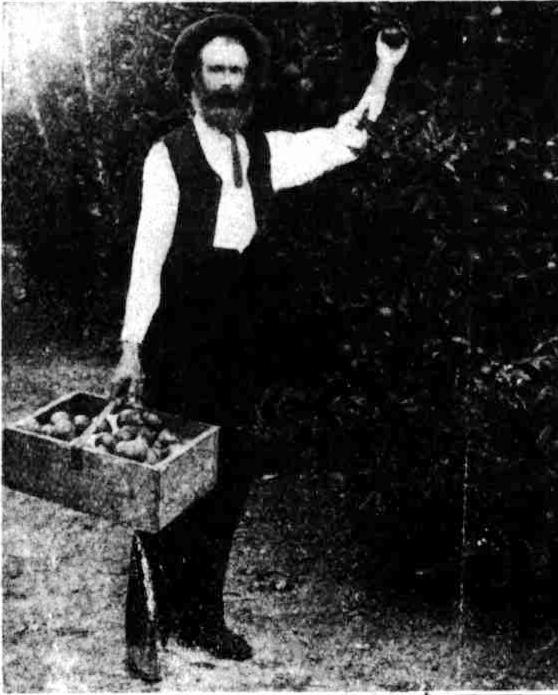
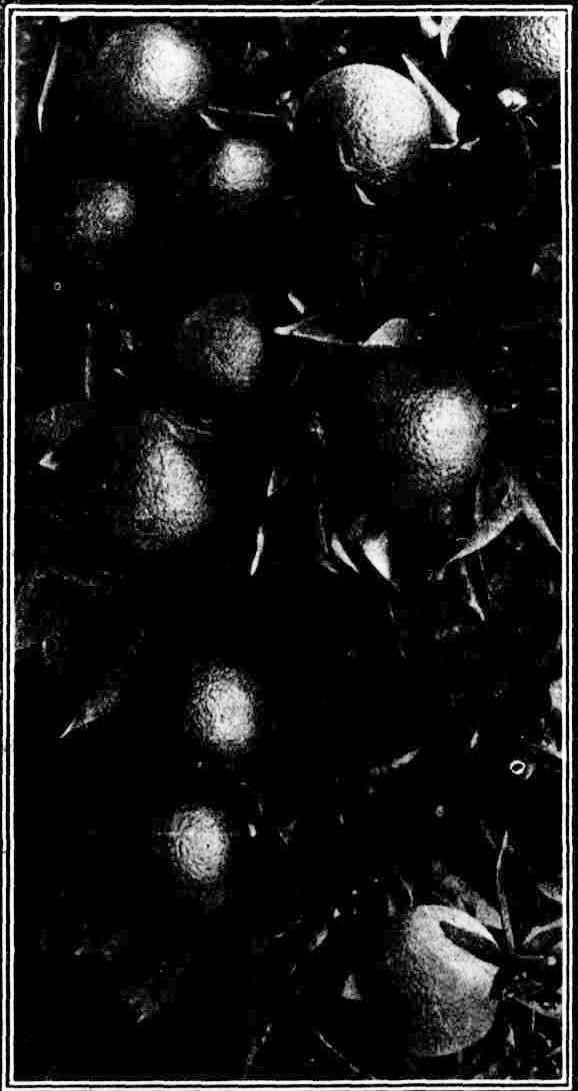
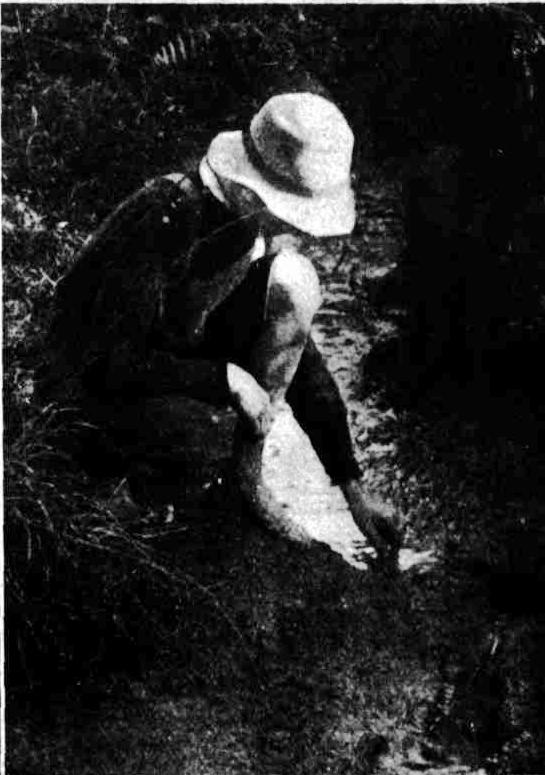

.jpg?timestamp=1570144050514)
.jpg?timestamp=1570144077512)
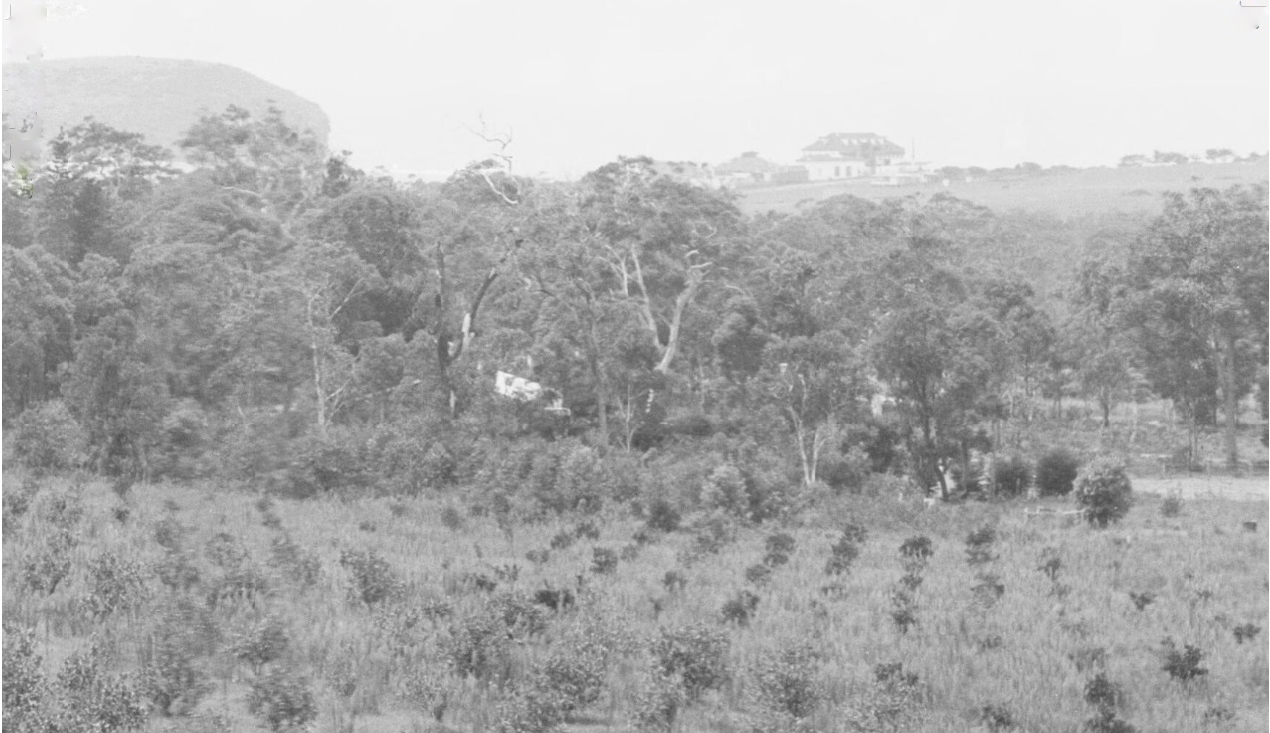
.jpg?timestamp=1570144130410)
.jpg?timestamp=1570144155794)
The Narrabeen Plum
My host had Theosophistic tendencies, and before long the conversation turned on the doctrines of the esoteric Buddhists. It is curious that quite a number of intelligent young Australians appear to be opening their mouths to swallow this many-humped camel of the Orient. Men who scorn the faith which accepts the Christian miracles are willing to receive as truth the tremendous miracles of the Theosophist, and do this without any apparent sense of the incongruous. Theosophism, however, can only be a vogue. It will never lay hold of Western minds as it has fastened on the men of the East. It has its foundation in the mind and not in the heart, and consequently it is a system and not a religion. But it is curious to note that it is growing here - most curious to hear its strange esotoric doctrines discussed in the spirit of a disciple in this isolated cottage, with all about it the mild growth of Australian life. How near we are to primitive nature is evidenced by the presence of a little black lizard, which, attracted by the warmth, comes out of some secret hiding-place and creeps towards the strange and beautiful fire which lures it to its doom. Outside, the southern stars blaze in the lucent night with a brilliance undimmed by a day of smoke. The dark waters sleep beneath, tranquil and secret.
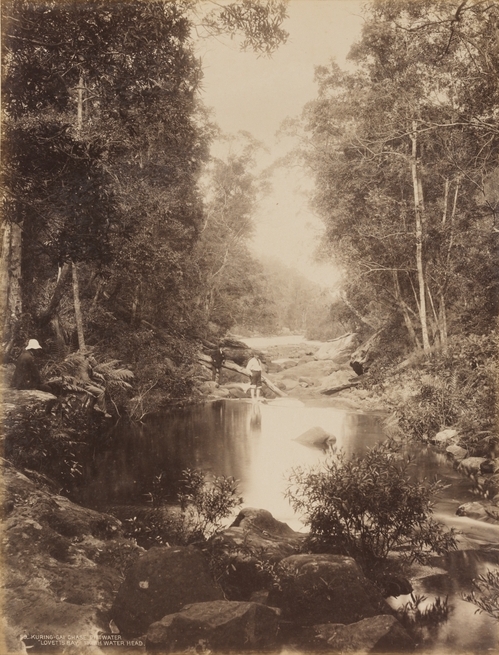 Right: Head of Lovett Bay - from Photographs - New South Wales, 1879 - ca. 1892 / N.S.W. Government Printer. Image No.: 294068h, courtesy State Library of NSW.
Right: Head of Lovett Bay - from Photographs - New South Wales, 1879 - ca. 1892 / N.S.W. Government Printer. Image No.: 294068h, courtesy State Library of NSW.
In the cool early morning I took a stroll through the garden and orchard surrounding the house, on whose trees late oranges and lemons of unusual excellence were still pendant. Down by the waterside were millions of oysters, whose careless profusion suggested a flouted industry. A well-worn path under giant gums and sassafras trees led to a noted part of the grounds. Here was a waterfall tumbling fifty foot in smoke-like spray. The whole face of the cliff which was watered by the spray was covered with clinging plants, ferns, and funny looking creepers. About this spot the vegetation was as beautiful and luxuriant as I ever remember having seen it in the mountains. There were fern trees, as tall as the stateliest in the mountain gullies. Bangaloes of magnificent size, and 40ft, upon the trunk of a glorious blue gum there was a mass of Staghorn ferns as big as small cottage. From the trees the rope-like Supple jack descended, and the bushes about fairly blazed with blossoms. So thick was the growth that it was impossible to force a way through it. A fairer spot there is not on the coast anywhere in the vicinity of Sydney.
A huge Government reserve runs, back from the shores of Pittwater to Gordon, and this also was unusually brilliant with all kinds of our beautiful, barbarously-named bush flowers. Tearing through this vegetation was splendid work, if somewhat trying to the clothes; and on reaching the elevated ground overlooking Cowan Creek: the guerdon was well worth the pleasant travail. Hundreds of feet below, blue as turquoise, Cowan Creek nestled in dark green environing hills. It is sea-blue in colour as well it might be, for it is an eccentric arm of the sea, which winds its way far into the bowels of the, land, being, in fact, the longest arm of Broken Bay. Anyone, however, would mistake it for a fresh-water river. On those breezy heights the draughts of fresh air to be inhaled are delicious. Over miles of eucalyptus leaves a deep balsamic gale rushes up charged with the health-giving qualities that the old settlers found so soon in the eucalyptus woods. After a long and arduous climb, of several hours I found almost instant recuperation in this elevated air, interfused with forest perfumes. It would be hard to be sick under the influence of this " balsam of the forest". A medical friend informed me that he got rid of an unusually persistent cough of many months duration by going to the mountains and chewing the young eucalyptus leaves every day. The virtues of the "gum-tree " are not unrecognised, but are not all known yet, and its place in medicine is, perhaps, destined to be one of great importance. .... A RUN TO PITTWATER. (1889, September 21). The Sydney Morning Herald (NSW : 1842 - 1954), p. 7. Retrieved from http://nla.gov.au/nla.news-article13739295
The Narrabeen Plum's popularity spread:
OUT-SIZED PLUMS Product Of Wyberba Orchard - When they opened up a number of cases of plums yesterday, members of a firm of Warwick fruiterers were, frankly astounded at the huge size of the fruit. In most of the cases the pack was of 2 2/4 Inch size and in another the plums had a diameter of 2 7/8 inches.
The plums, which were of the Narrabeen variety, were of a beautiful colour, and when sampled made pleasant eating. Needless to say the fruiterers, Messrs. C. and D. E. Keates, soon had them on display, and sales were rapid;
Mr. N. F. Donagh (Wyberba) is the grower of these giant plums, which resemble fair-sized appies. The 2 7/8 inch plums scaled half a pound each, while the slightly smaller specimens weighed 7 ounces.
Mr. C. Schindler (Warwick fruit inspector) said yesterday that while the Narrabeen plum was one of the larger varieties, 'the' specimens at the Warwick Fruit Market were the largest he had seen. The grade standard for the variety was 1 ¼ -inch diameter and the "special" standard was two inches.
He added that the Narrabeen plum was not generally favoured by growers, as although the fruit was quite good the trees as a rule were not prolific bearers. OUT SIZED PLUMS (1938, January 22).Warwick Daily News (Qld. : 1919 -1954), p. 2. Retrieved from http://nla.gov.au/nla.news-article190540321
Prices of choice Narrabeen plums was well maintained, but other descriptions were cheaper. Plums, choice 5/ to 7/ (few higher), other 2/-to 4/ per half-case: MARKET REPORTS (1940, March 1). Daily Commercial News and Shipping List (Sydney, NSW : 1891 - 1954), p. 3. Retrieved fromhttp://nla.gov.au/nla.news-article162708901
Plums and Almonds.
"Fond of Fruit," of Cunderdin, wants to plant two Plum trees this winter, one a Satsuma and one that flowers at a similar time. The Satsuma is a blood Plum with dark red flesh, a heavy bearer and later with fruit. Although it is a good idea to have two or more trees of any fruit, this is not absolutely necessary in the case of Plums, but if "Fond of Fruit" desires a fruit for company to the Satsuma then I would recommend the one known as Narrabeen. This Plum is large and round, very sugary, covered dark red, a heavy-cropper, and ripens the last week in January or early February. Plums and Almonds. (1941, May 22).Western Mail (Perth, WA : 1885 - 1954), p. 30. Retrieved from http://nla.gov.au/nla.news-article37947227
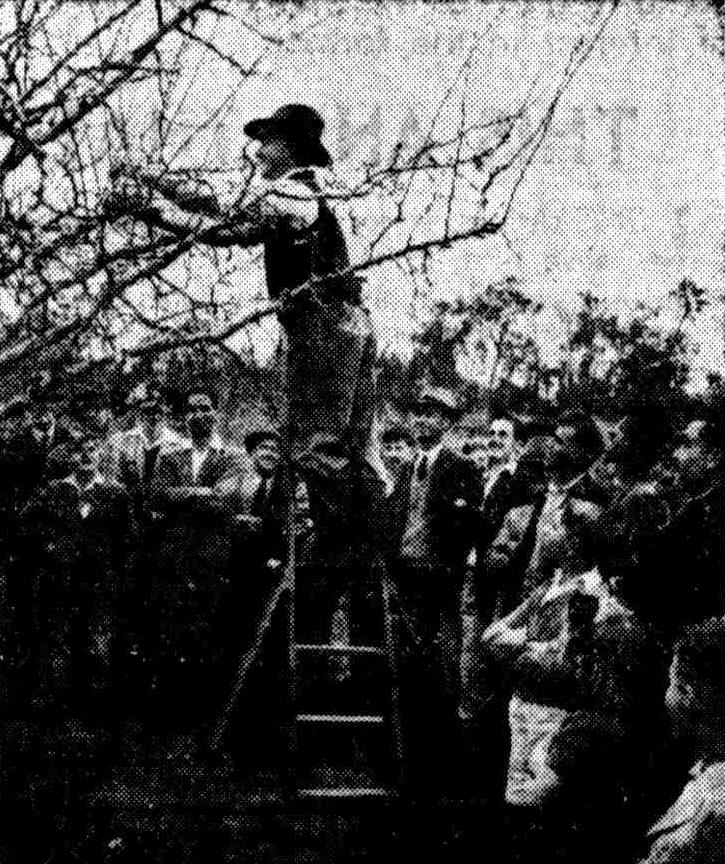
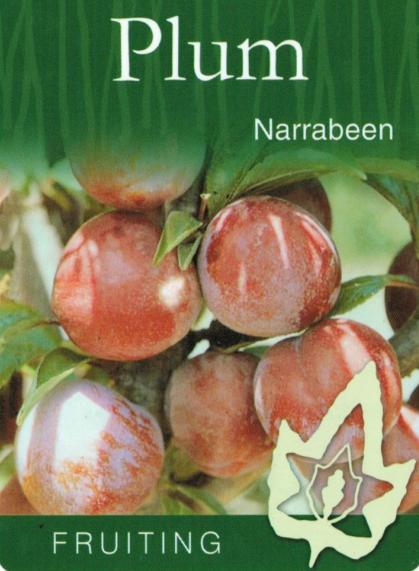 Pollinators For Plum Trees
Pollinators For Plum TreesNan Bosler OAM, in Memories of Narrabeen and its Public School, 1989, states "The family established Waratah Farm, an orchard on Mona Vale Road near the intersection with Powderworks Road. Old pine trees, planted by them around their property near the Baha’i temple, still stand to-day."
NARRABEEN SCHOOL. A new Public school has been opened at Narrabeen. The opening ceremony was performed by the senior Inspector (Mr. B. J. W. Friend). ' NARRABEEN'S SCHOOL. (1914, August 27).The Sydney Morning Herald (NSW : 1842 - 1954), p. 5. Retrieved fromhttp://nla.gov.au/nla.news-article15532644
The two eldest boys were keen cyclists and members of the Manly club:
Cycling MANLY CLUB.
The result of the annual 20 miles championship of the Manly Club over the Brookvale Narrabeen course was -A M'Mahon, 1 A Larkin, 2, R Larkin, 3. Dead heat Time, 57m 50s. The winner of the point score competition will receive a silver cup, presented by Mr. Les Luker. The position of the riders is as follows -A M'Mahon, 20 points, 1, I Jones, 28 points, 2, Stan Luker, 3. MANLY CLUB. (1914, October 13). The Sydney Morning Herald(NSW : 1842 - 1954), p. 12. Retrieved from http://nla.gov.au/nla.news-article15571885
Mrs Florence Larkin with two of her sons, William and Jock, and her sister outside the Larkin family home "The Pines" at the corner of Mona Vale Road and Powderworks Road, Ingleside. Sister reported as A Hewitt - other sites state is a friend of the mother only. The phootgraph was sent to Arthur Larkin in France during 1916 (WWI). 1916 - courtesy Olga Johnson and Pittwater History Unit - Mona Vale Library
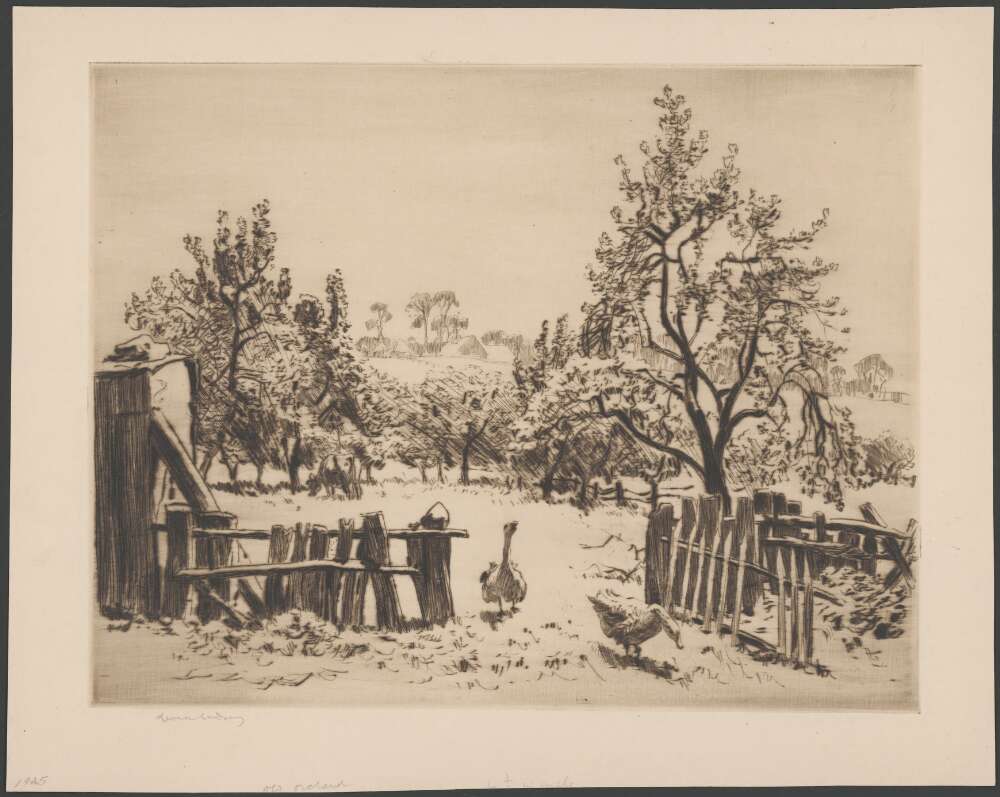
TRAM WAY CONNECTION WITH NARRABEEN.
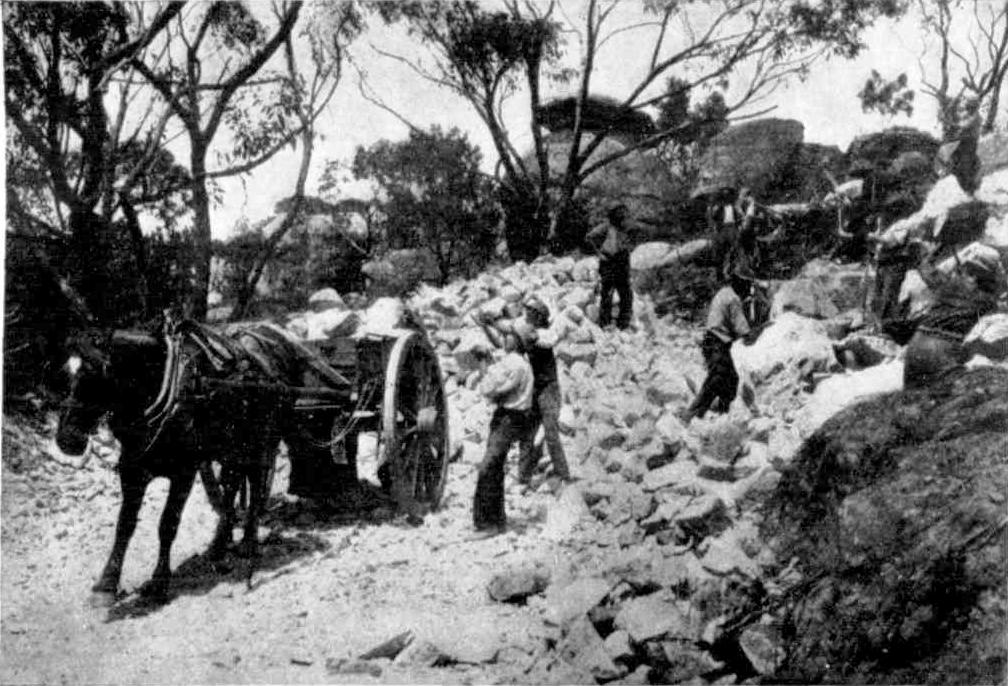
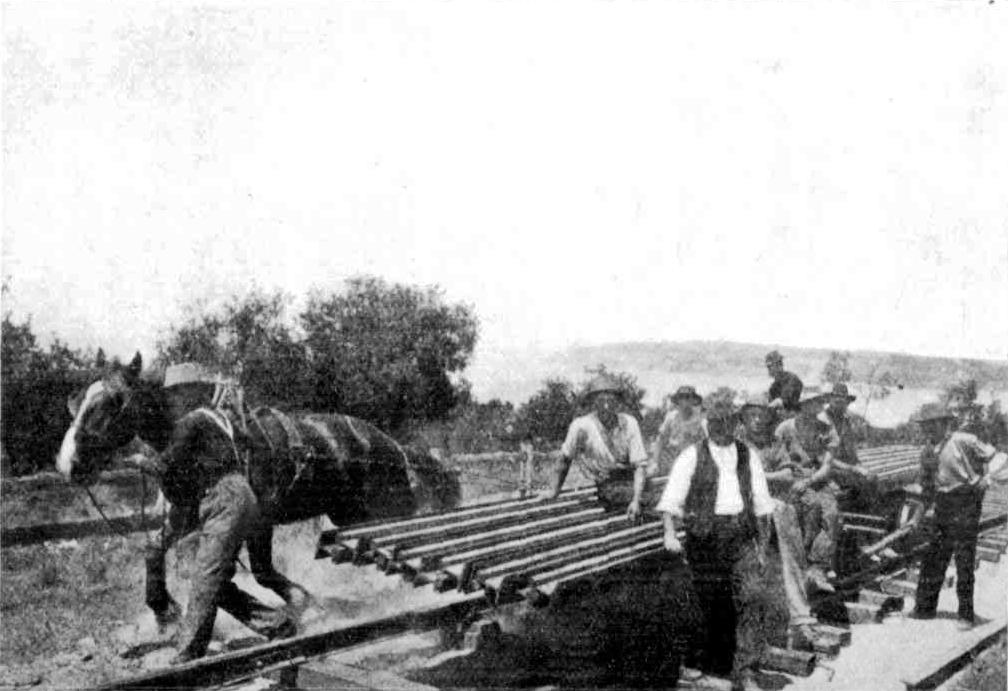
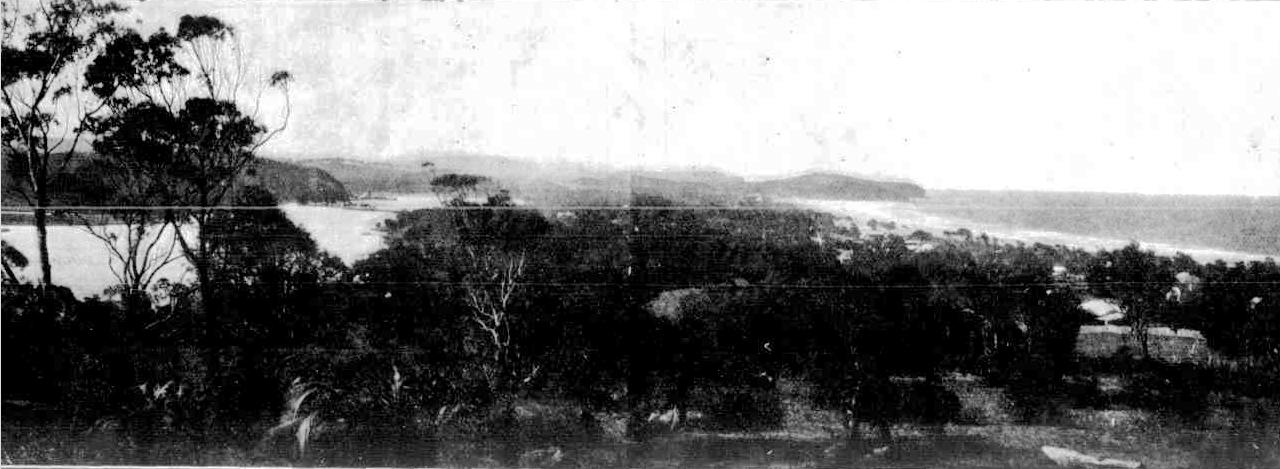
Extras
- TROVE - National Library of Australia
- https://en.wikipedia.org/wiki/Plum
- Ingleside Powder Mill - Pittwater Fields Of Dreams I
- La Corniche - Mona Vale
- The Macphersons Of Wharriewood: The William Joseph Macpherson Albums
- Pittwater Roads II: Where The Streets Have Your Name - 'Green Hills', Elanora Heights, and Ingleside
- Pittwater Roads II: Where the Streets Have Your name - Warriewood
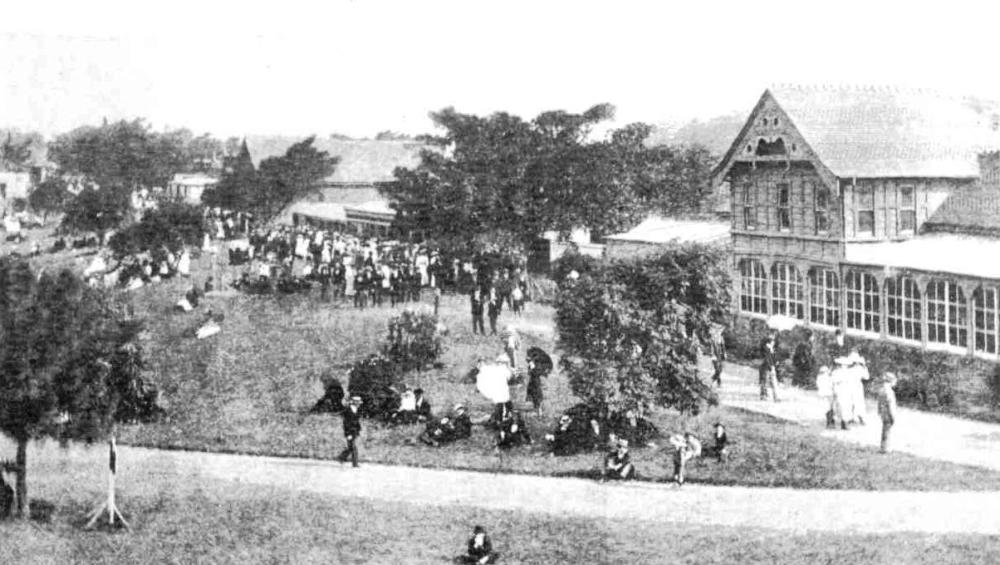
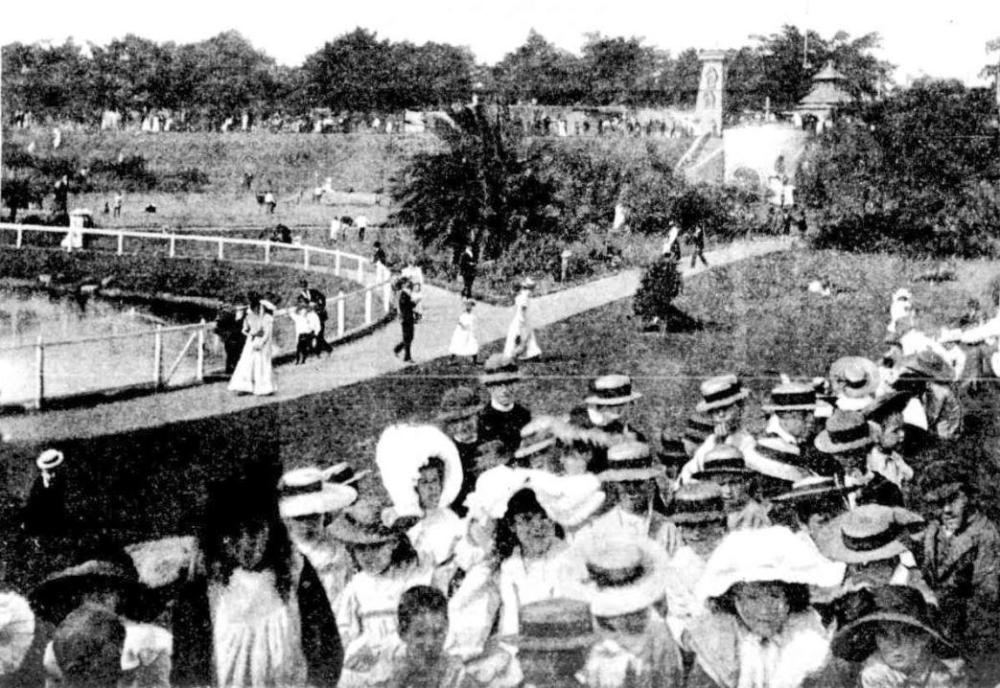
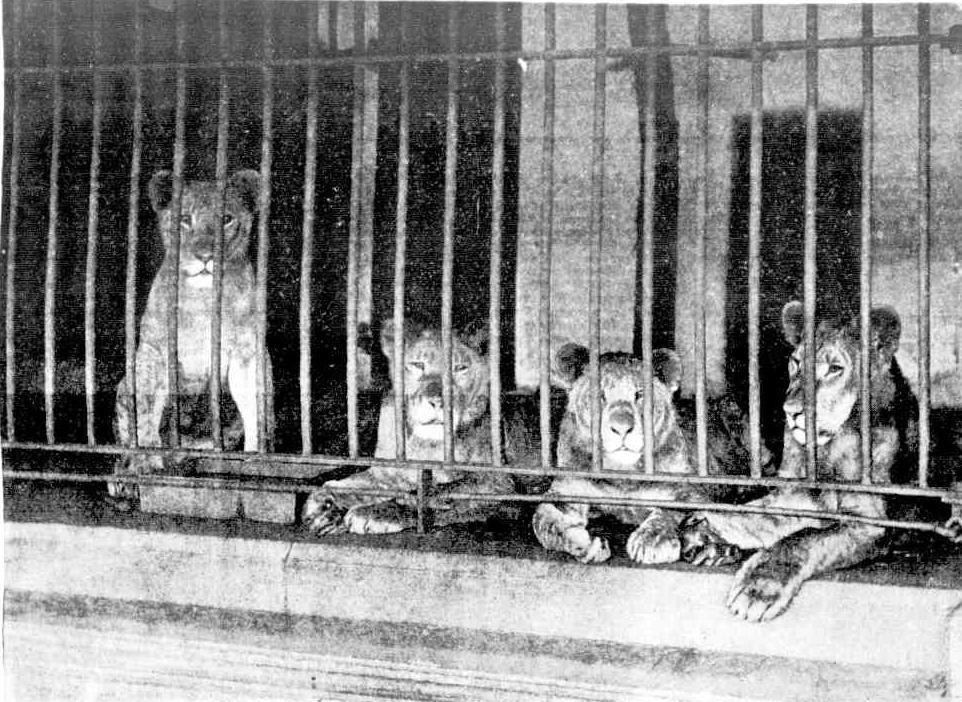
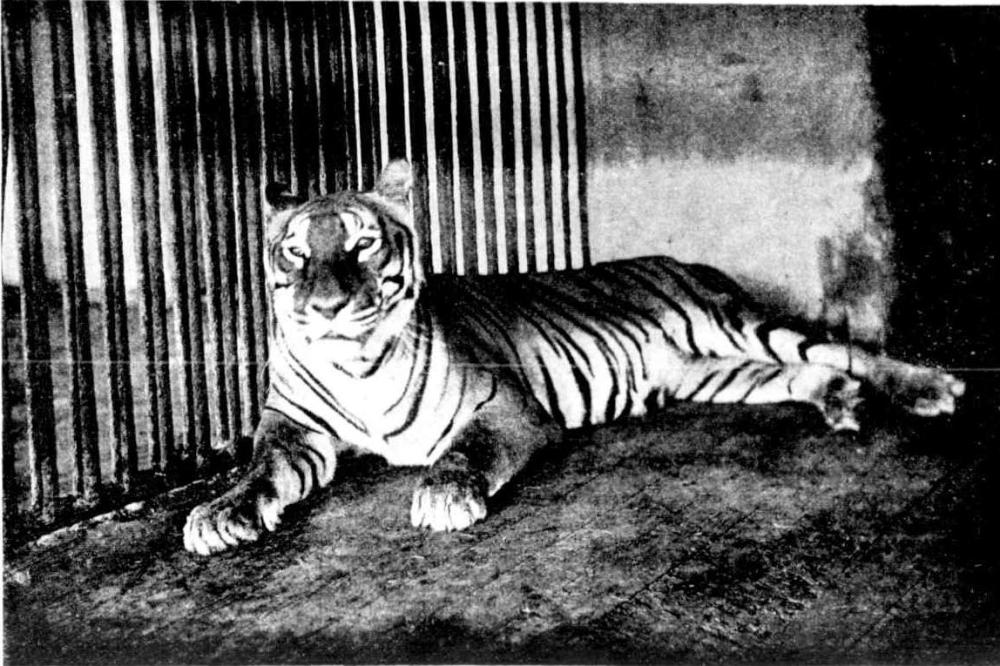
LOT 4 NARRABEEN, 249 ACRES OF LAND, upon which is erected a substantial and well finished STONE and WB RESIDENCE, which contains extensive accommodation, also a number of outbuildings and a large quantity of building materials
The Property is known as "INGLESIDE," the residence of Mr WATKINS and formerly the residential portion of the Powder Company s property. There is a large brick and cement reservoir, with a capacity of 1,000, 000 gallons The water is laid on to the House Stables etc.
A SPLENDID BLOCK FOR SUBDIVISION PURPOSES having a large frontage to Lane Cove and Pittwater roads, and road leading to Narrabeen. Immediately opposite Mr Larkin's Orchard THE TITLE IS TORRENS. Plan on View at the Salerooms. Advertising (1912, January 20). The Sydney Morning Herald (NSW : 1842 - 1954), p. 25. Retrieved from http://nla.gov.au/nla.news-article15303595
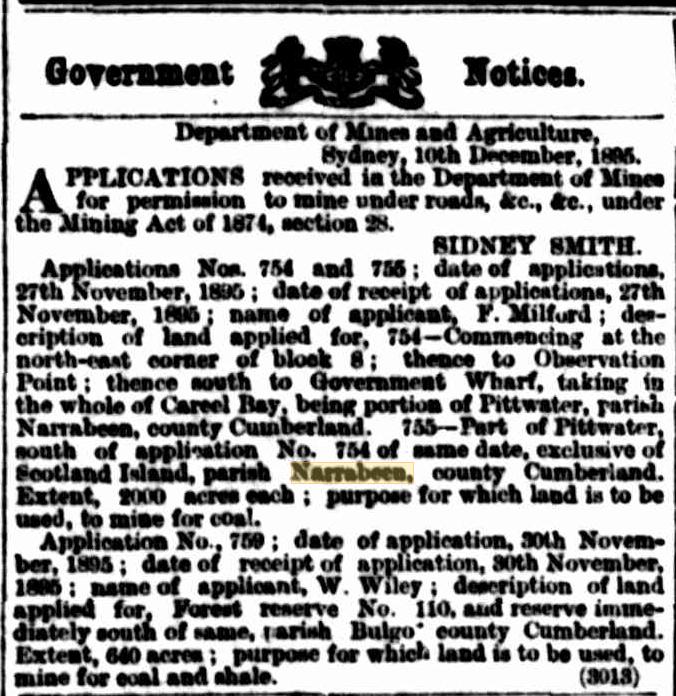
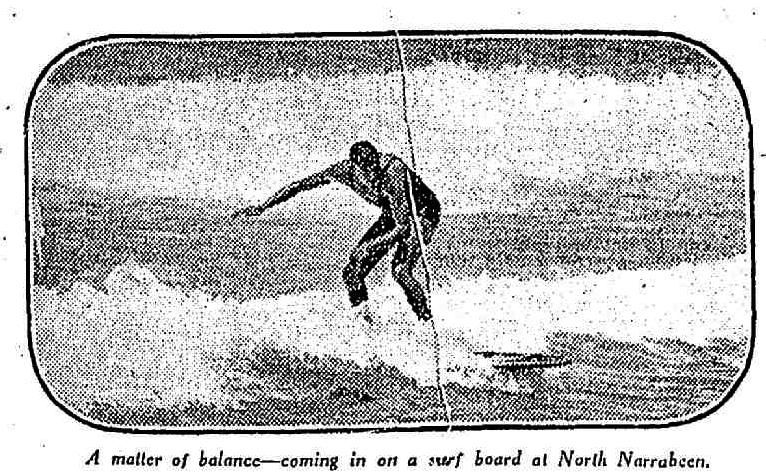
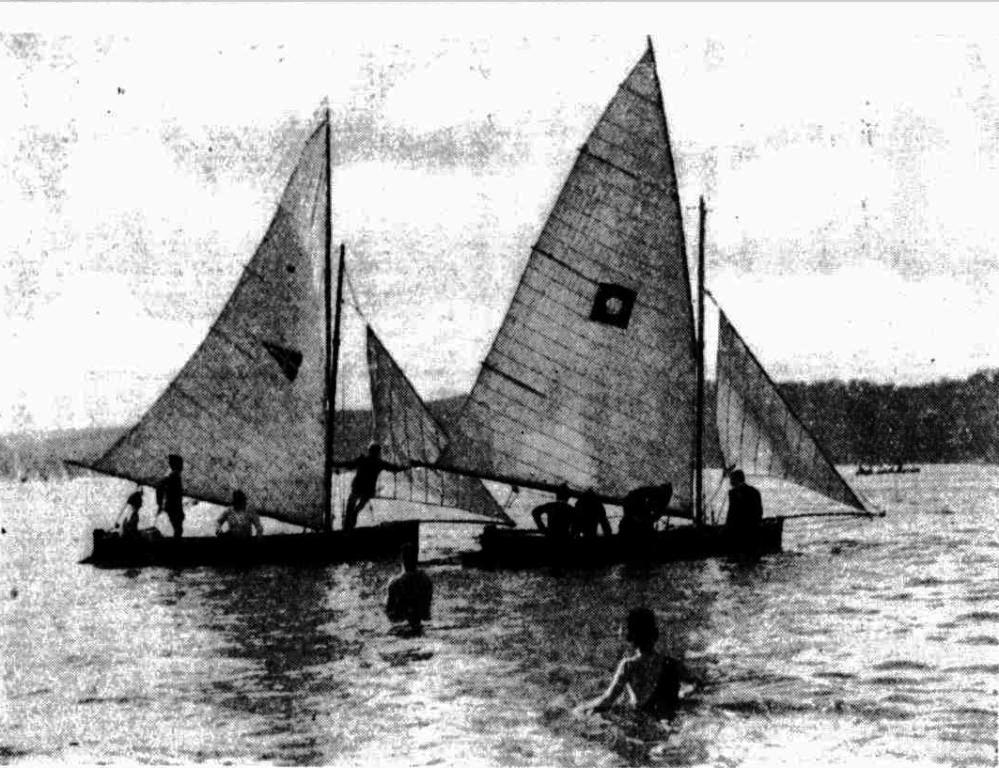
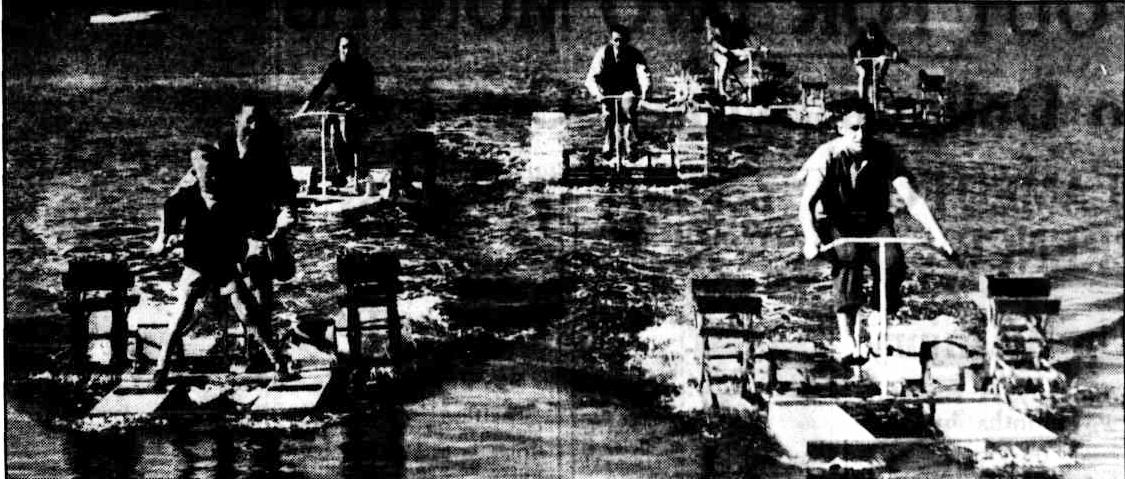
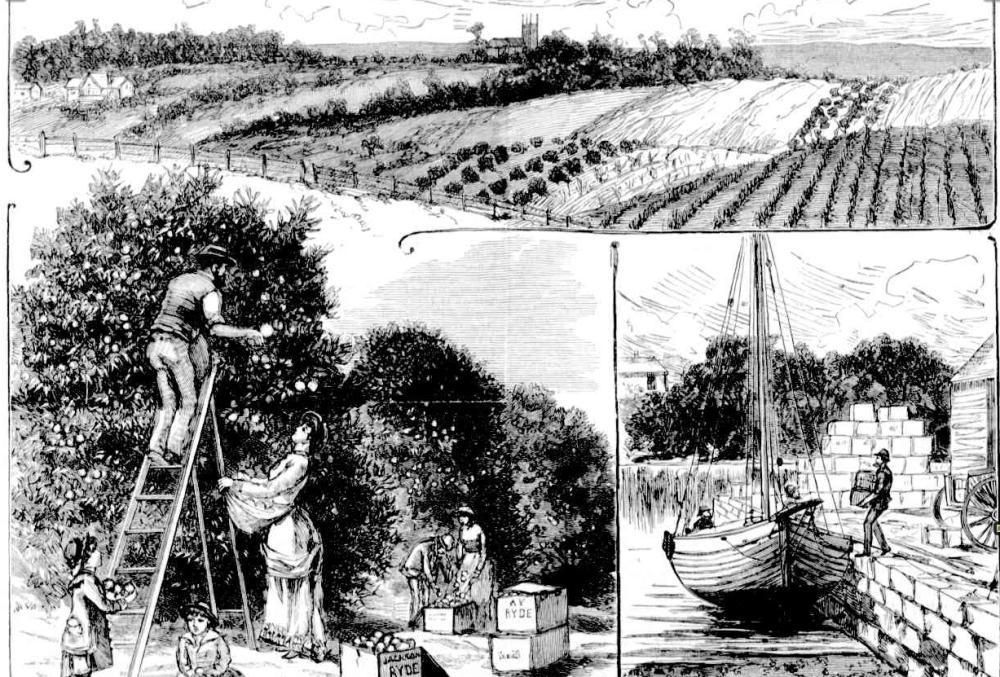
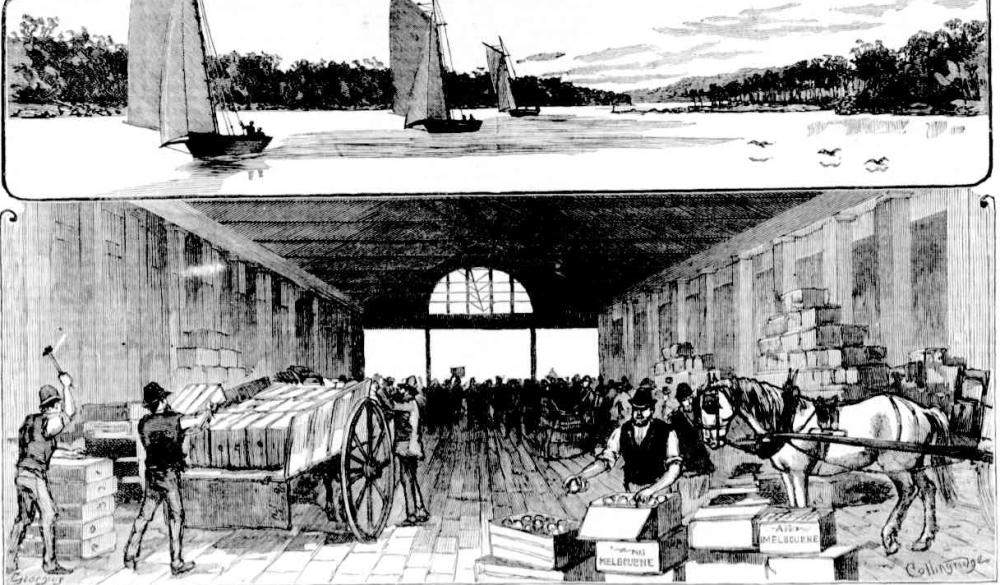
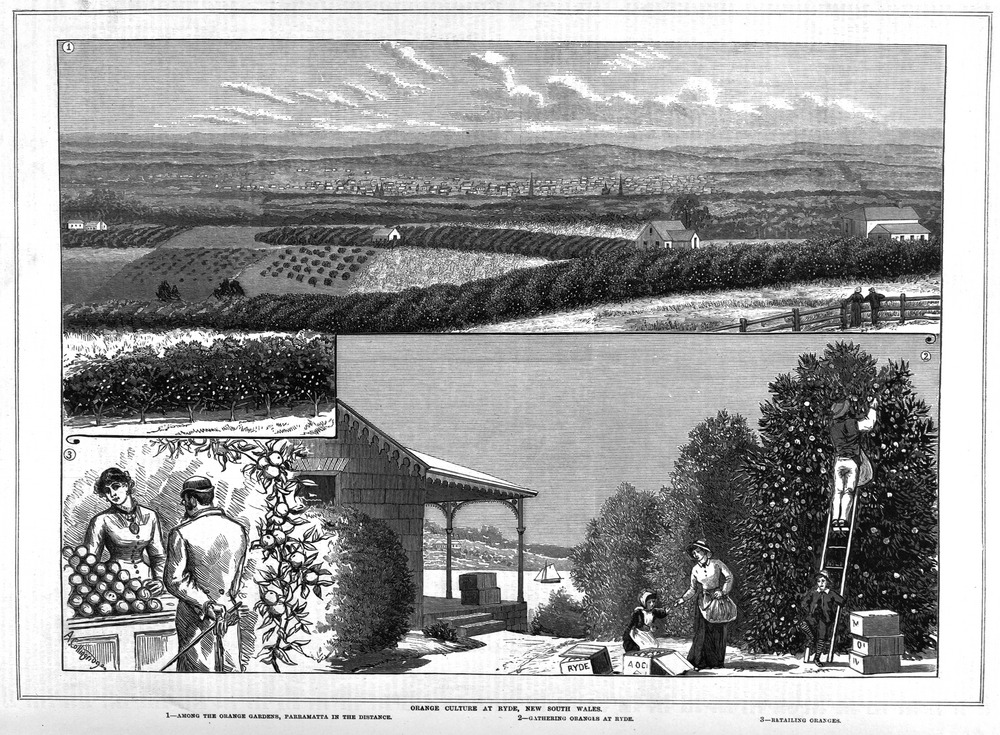
Historic Ryde: 1791 to 1922
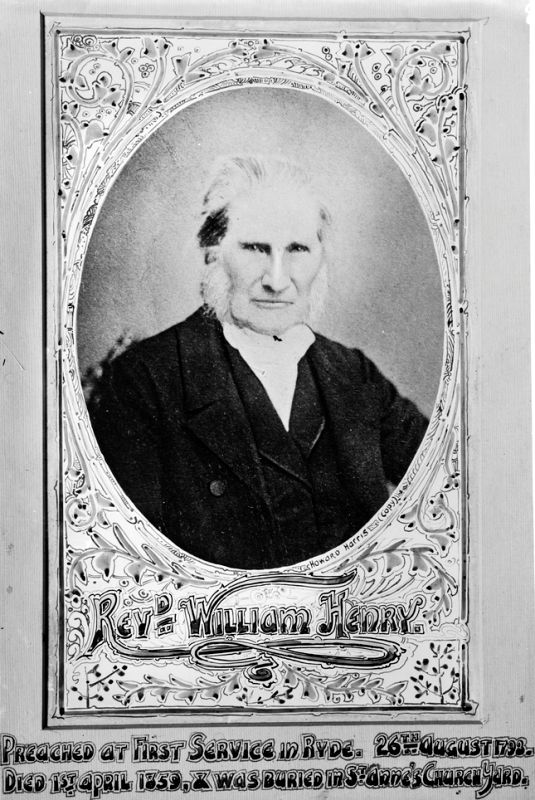
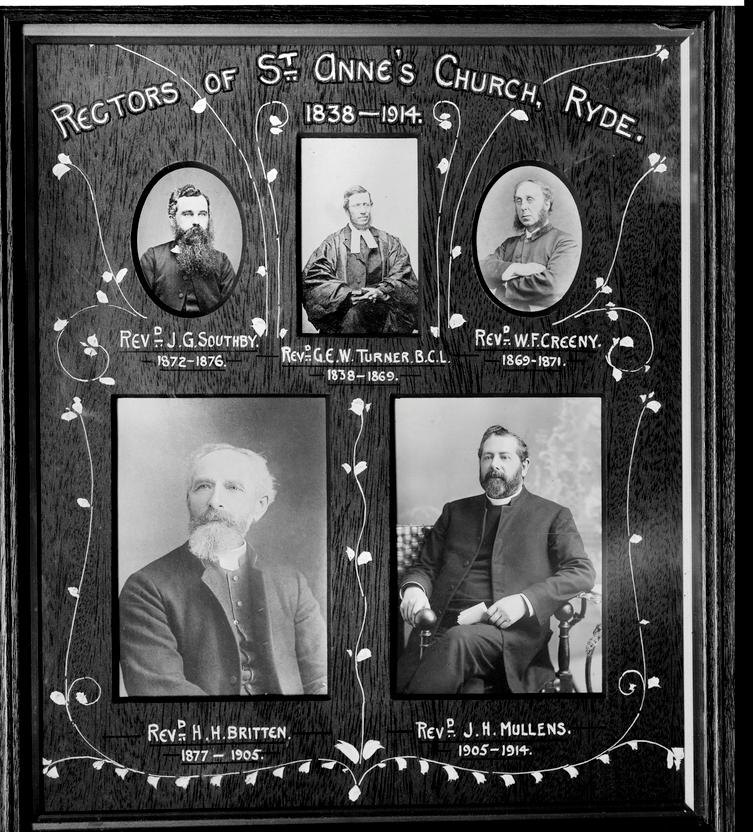

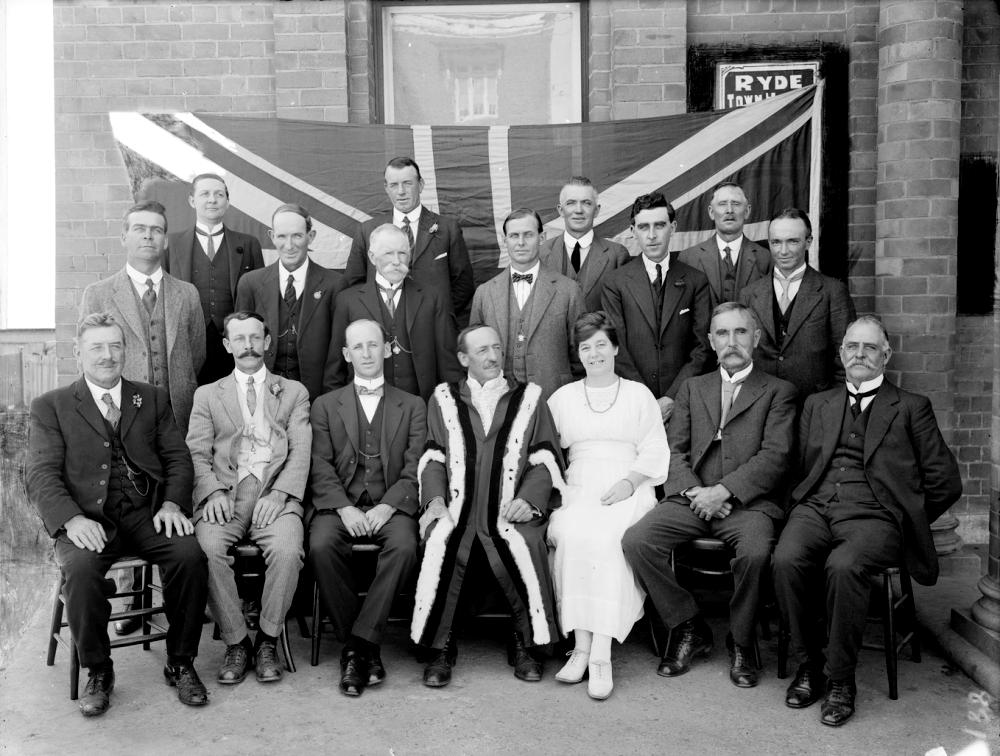
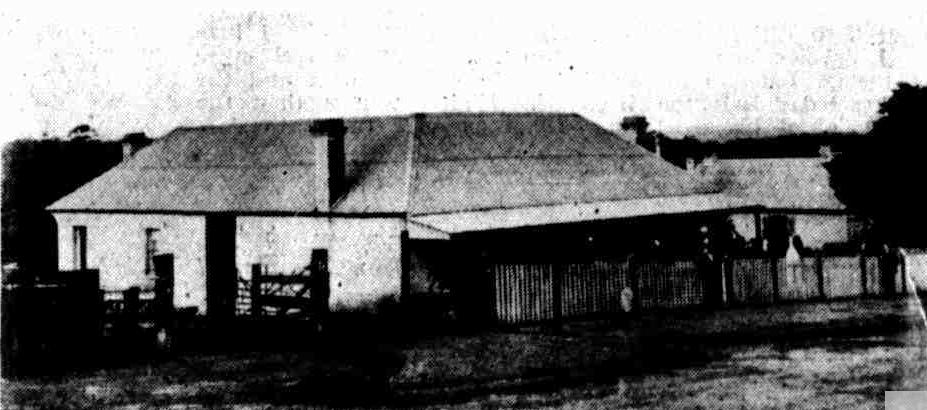
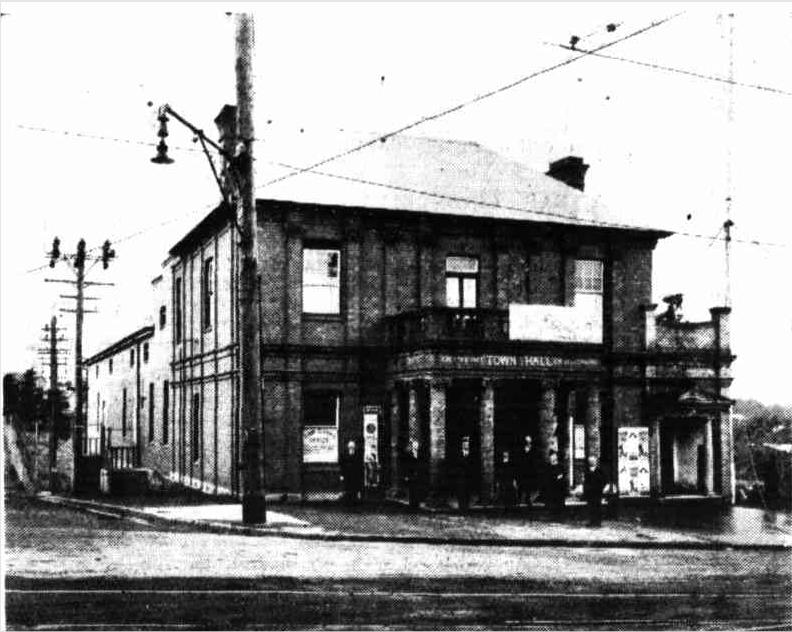
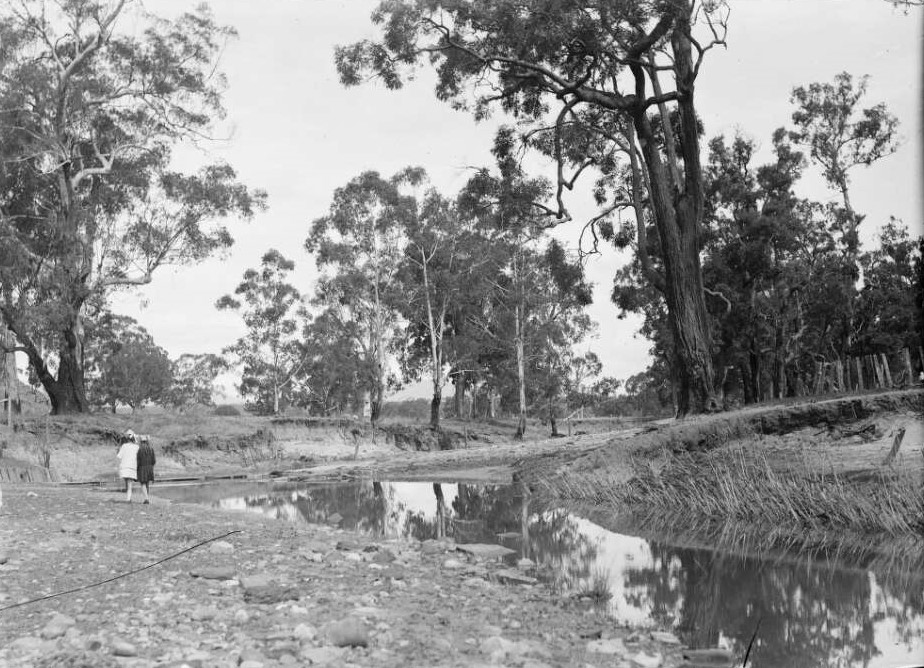
Previous History Pages:
Marie Byles Lucy Gullett Kookoomgiligai Frank Hurley Archpriest JJ Therry Sir Patrick Gordon Taylor Bowen Bungaree W. Bradley 1788 Journal Midholme Loggan Rock Cabin La Corniche La Corniche II Lion Island Bungan Beach Botham Beach Scarred Trees Castles in the Sand Dame Nellie Melba lunches at Bilgola Spring, 1914 First to Fly in Australia at North Narrabeen Mona Vale Golf Club's Annual Balls Governor Phillip camps on Resolute Beach Ruth Bedford Jean Curlewis Mollie Horseman Charlotte Boutin May Moore Neville W Cayley Leon Houreux Frederick Wymark Sir Adrian Curlewis Bilgola Heron Cove Mullet Creek Shark Point Woodley's Cottage A Tent at The Basin Collin's Retreat-Bay View House-Scott's Hotel Bilgola Cottage and House The First Pittwater Regatta Women Cricketers Picnic Filmed In Pittwater Governor Phillip's Barrenjoey Cairn Waradiel Season The Church at Church Point Gov. Phillip's Exploration of Broken Bay, 2 - 9 March 1788 Petroglyths: Aboriginal Rock Art on the Northern Beaches Avalon Headland Landmarks Steamers Part I Pittwater Aquatic Club Part I Woody Point Yacht Club Royal Motor Yacht Club Part I Dorothea Mackellar Elaine Haxton Neva Carr Glynn Margaret Mulvey Jean Mary Daly Walter Oswald Watt Wilfrid Kingsford Smith John William Cherry George Scotty Allan McCarrs Creek Narrabeen Creek Careel Creek Currawong Beach Creek Bushrangers at Pittwater Smuggling at Broken Bay An Illicit Still at McCarr's Creek The Murder of David Foley Mona Vale Outrages Avalon Camping Ground Bayview Koala Sanctuary Ingleside Powder Works Palm Beach Golf Course Avalon Sailing Club Mona Vale Surf Life Saving Club Palm Beach SLSC Part I - The Sheds Warriewood SLSC Whale Beach SLSC Flagstaff Hill Mount Loftus Pill Hill Sheep Station Hill S.S. Florrie S.S. Phoenix and General Gordon Paddlewheeler MV Reliance The Elvina Florida House Careel House Ocean House and Billabong Melrose-The Green Frog The Small Yacht Cruising Club of Pittwater Canoe and I Go With The Mosquito Fleet - 1896 Pittwater Regattas Part I - Dates and Flagships to 1950 Shark Incidents In Pittwater The Kalori Church Point Wharf Bayview Wharf Newport Wharf Palm Beach Jetty - Gow's Wharf Max Watt Sir Francis Anderson Mark Foy John Roche Albert Verrills Broken Bay Customs Station At Barrenjoey Broken Bay Water Police Broken Bay Marine Rescue - Volunteer Coastal Patrol Pittwater Fire-Boats Prospector Powder Hulk at Towler's Bay Naval Visits to Pittwater 1788-1952 Pittwater's Torpedo Wharf and Range Naval Sea Cadets in Pittwater S.S. Charlotte Fenwick S.S. Erringhi P.S. Namoi S.Y. Ena I, II and III Barrenjoey Headland - The Lessees Barrenjoey Lighthouse - The Construction Barrenjoey Broken Bay Shipwrecks Up To 1900 Barrenjoey Light Keepers Douglas Adrian Ross Newport SLSC 1909 - 1938 Part I Overview North Narrabeen SLSC - The Formative Years Bilgola SLSC - the First 10 years North Palm Beach SLSC A History of Pittwater Parts 1 and 4 Pittwater Regattas - 1907 and 1908 Pittwater Regattas - 1921 - The Year that Opened and Closed with a Regatta on Pittwater Pittwater Regatta Banishes Depression - 1933 The 1937 Pittwater Regatta - A Fashionable Affair Careel Bay Jetty-Wharf-Boatshed Gow-Gonsalves Boatshed -Snapperman Beach Camping at Narrabeen - A Trickle then a Flood Pittwater's Parallel Estuary - The Cowan 'Creek' RMYC Broken Bay Boathouse and Boatshed Barrenjoey Boat House The Bona - Classic Wooden Racing Yacht Mona Vale Hospital Golden Jubilee - A Few Insights on 50 Years as a Community Hospital Far West Children's Health Scheme - the Formation Years The First Scotland Island Cup, Trophy and Race and the Gentleman who loved Elvina Bay Royal Motor Yacht Club Broken Bay NSW - Cruiser Division History - A History of the oldest division in the Royal Motor Yacht Club Royal Motor Yacht Club Broken Bay Early Motor Boats and Yachts, their Builders and Ocean Races to Broken Bay, the Hawkesbury and Pittwater The Royal Easter Show Began As the Royal Agricultural Society of New South Wales The Mail Route to Pittwater and Beyond The Wild Coachmen of Pittwater - A Long and Sometimes Bumpy Ride on Tracks Instead of Roads The Fearless Men of Palm Beach SLSC's Surf Boats First Crews - A Tale of Viking Ships, Butcher Boats and Robert Gow's Tom Thumb 'Canoe' Furlough House Narrabeen - Restful Sea Breezes For Children and Their Mothers From Telegraphs to Telephones - For All Ships at Sea and Those On Land Mona Vale Training Grounds - From Lancers on Horses to Lasses on Transport Courses Fred Verrills; Builder of Bridges and Roads within Australia during WWII, Builder of Palm Beach Afterwards Communications with Pittwater Ferries To Pittwater A History of Pittwater - Part 4: West Head Fortress Pittwater's Lone Rangers - 120 Years of Ku-Ring-Gai Chase and the Men of Flowers Inspired by Eccleston Du Faur Early Pittwater Launches and Ferries Runs Avalon Beach SLSC - The First Clubhouse Avalon Beach SLSC The Second and Third Clubhouses From Beneath the Floorboards at Hyde Park Barracks Bungaree Was Flamboyant Andrew Thompson - 'Long Harry' Albert Thomas Black John Collins of Avalon Narrabeen Prawning Times - A Seasonal Tide of Returnings Oystering in the Pittwater Estuary - Oyster Kings and Pearl Kings and When Not to Harvest Oysters Yabbying In Warriewood Creeks Eeling in Warriewood's Creeks (Includes A Short History of community involvement in environmental issues/campaigns in and around Narrabeen Lagoon - 1974 to present by David James OAM) Eunice Minnie Stelzer - Pittwater Matriarchs Maria Louisa Therry - Pittwater Matriarch Katherine Mary Roche - Pittwater Matriarchs Sarah A. Biddy Lewis and Martha Catherine Bens Pittwater Matriarchs Pittwater's New Cycle Track of 1901 Manly to Newport The Rock Lily Hotel Barrenjoey House The Pasadena Jonah's St Michael's Arch The First Royal Visitor to Australia: the Incident at Clontarf March 12th, 1868 Pittwater: Lovely Arm of the Hawkesbury By NOEL GRIFFITHS - includes RMYC Wharf and Clareville Wharf of 1938 + An Insight into Public Relations in Australia George Mulhall First Champion of Australia in Rowing - First Light-Keeper at Barranjuey Headland Captain Francis Hixson - Superintendent of Pilots, Lights, and Harbours and Father of the Naval Brigade The Marquise of Scotland Island The First Boat Builders of Pittwater: the Short Life and Long Voyages of Scotland Island Schooner the Geordy Boat Builders of Pittwater II: from cargo schooners and coasters to sailing skiffs and motorised launches The Currawong: Classic Yacht The Riddles of The Spit and Bayview/ Church Point: sailors, boat makers, road pavers winning rowers VP Day Commemorative Service 2015 – at Avalon Beach RSL Cenotaph: 70th Anniversary Captain T. Watson and his Captain Cook Statues: A Tribute to Kindness Pittwater Reserves: The Green Ways; Hordern or Wiltshire Parks to McKay Reserve – From Beach to Estuary Pittwater Reserves, The Green Ways: Clareville Wharf and Taylor's Point Jetty Pittwater Reserves: The Green Ways Bilgola Beach - The Cabbage Tree Gardens and Camping Grounds - Includes Bilgola - The Story Of A Politician, A Pilot and An Epicure by Tony Dawson and Anne Spencer Pittwater Reserves - The Green Ways: Mona Vale's Village Greens a Map of the Historic Crown Lands Ethos Realised in The Village, Kitchener and Beeby Parks Pittwater Reserves: The Green Ways; Bungan Beach and Bungan Head Reserves: A Headland Garden Early Pittwater Paddlers, Oarsmen, Rowers and Scullers: The Green Family Elanora - Some Early Notes and Pictures The Stewart Towers On Barrenjoey Headland Early Pittwater Paddlers, Oarsmen, Rowers and Scullers: The Williams Family Early Cricket in Pittwater: A small Insight Into the Noble Game from 1880's On The Pacific Club's 2016 Carnival in Rio Fundraiser for Palm Beach SLSC Marks the 79th Year of Support Bert Payne Park, Newport: Named for A Man with Community Spirit Early Pittwater Paddlers, Oarsmen, Rowers and Scullers: The Fox Family Surf Carnivals in February 1909, 1919, 1925, a Fancy Dress Rise of Venus and Saving Lives with Surfboards Early Pittwater Paddlers, Oarsmen, Rowers and Scullers: The Paddon Family of Clareville Mermaid Basin, Mona Vale Beach: Inspired 1906 Poem by Viva Brock Early Pittwater Schools: The Barrenjoey School 1872 to 1894 The Royal Easter Show and 125th Celebration of the Hawkesbury Agricultural College: Farmers Feed Us! The Newport School 1888 to 2016 Pittwater's Ocean Beach Rock Pools: Southern Corners of Bliss - A History The Royal Botanical Garden Sydney Celebrate 200 Years in 2016 The Porter Family of Newport: Five Brother Soldiers Serve in WWI Church Point and Bayview: A Pittwater Public School Set on the Estuary The Basin, Pittwater: A Reprise: Historical Records and Pictures Lighthouse Keepers Cottages You Can Rent in NSW - Designed or Inspired by Colonial Architect James Barnet: Includes Historic 'Lit' Days records Bayview Days Ships Biscuits - the At Sea Necessity that Floated William Arnott’s Success Mona Vale Public School 1906 to 2012 St Johns Camden: 176th And 167th Anniversaries In June 2016 - Places To Visit Narrabeen Lagoon And Collaroy Beachfront: Storms And Flood Tides Of The Past Avalon Beach Public School - A History Muriel Knox Doherty Sir Herbert Henry Schlink Shopping And Shops In Manly: Sales Times From 1856 To 1950 For A Fishing Village Royal Prince Alfred Yacht Club's 150th Sailing Season Opening: A Few Notes Of Old A Few Glimpses Into Narrabeen's Past Beauties Dr. Isobel Ida Bennett AO Taronga Zoo 100th Birthday Parade: 1000 Reasons To Celebrate War Memorials: Manly, October 14, 1916 Avalon Beach Golf Links: Pittwater Fields of Dreams II War Memorials - Mona Vale, November 14, 1926 Annie Wyatt Reserve Palm Beach: Pittwater Fields of Dreams II Tumbledown Dick Hill